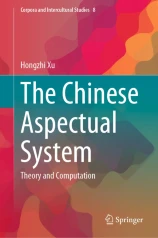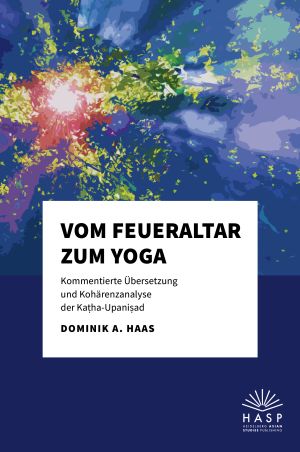In der letzten Zeit sind u.a. diese frei verfügbaren Titel erschienen:
African languages from a Role and Reference Grammar perspective: Studies on the syntax-semantics-pragmatics interface
Jens Fleischhauer & Claudius Patrick Kihara (Hrsg,)
https://doi.org/10.1515/9783110795295
The volume is a collection of papers which apply Role & Reference Grammar (RRG) to African languages. RRG is a functional theory of syntax which has been developed on the basis of two leading questions: First, how would a syntactic theory look like which starts from ‘exotic’ languages rather than English? Second, how can the interaction between syntax, semantics and pragmatics in different grammatical systems best modelled and explained? Although RRG took linguistic diversity serious from its very beginning, African languages have been underrepresented in the development of the theory. Given the sheer number African languages deserve a wider coverage in a syntactic theory which takes linguistic diversity seriously. The volume is intended to fill this gap and comprises a selection of papers which investigate different aspects related to the syntax-semantics-pragmatics interface of different African languages. This includes: argument doubling and dislocation in iziZulu, complex referential phrases in Gĩkũyũ, serial verb constructions in Igbo, locative complements in Hausa and Zarma Chiine and focus constructions in Emai. The papers will extent the current RRG approach to new languages and phenomena.
The Chinese aspectual system: theory and computation
Hongzhi Xu
https://doi.org/10.1007/978–981-16–3408‑6
This book presents a theoretical study on aspect in Chinese, including both situation and viewpoint aspects. Unlike previous studies, which have largely classified linguistic units into different situation types, this study defines a set of ontological event types that are conceptually universal and on the basis of which different languages employ various linguistic devices to describe such events. To do so, it focuses on a particular component of events, namely the viewpoint aspect. It includes and discusses a wealth of examples to show how such ontological events are realized in Chinese. In addition, the study discusses how Chinese modal verbs and adverbs affect the distribution of viewpoint aspects associated with certain situation types.
In turn, the book demonstrates how the proposed linguistic theory can be used in a computational context. Simply identifying events in terms of the verbs and their arguments is insufficient for real situations such as understanding the factivity and the logical/temporal relations between events. The proposed framework offers the possibility of analyzing events in Chinese text, yielding deep semantic information.
Vom Feueraltar zum Yoga: Kommentierte Übersetzung und Kohärenzanalyse der Kaṭha-Upaniṣad
Dominik A. Haas
https://doi.org/10.11588/hasp.1329
Die Kaṭha-Upaniṣad ist ein vor etwa 2000 Jahren verfasster Sanskrit-Text, der sich mit dem Wesen des Menschen nach dem Tod beschäftigt. Als eine der frühesten Quellen, die eine als Yoga bezeichnete heilseffektive Methode lehren, hat sie auch außerhalb Südasiens Bekanntheit erlangt. Aufgrund ihrer textlichen Heterogenität wurde ihr jedoch schon oft Inkohärenz unterstellt.
In der vorliegenden Studie legt Dominik A. Haas eine neue, kommentierte Übersetzung der Kaṭha-Upaniṣad vor und analysiert sie mit Hilfe textlinguistischer Methoden. Er argumentiert, dass diese Upaniṣad von Anfang an als Kompilation konzipiert war, die neue kontemplative und yogische Lehren mit der Ritualmystik des berühmten vedischen Feueraltars verbinden sollte.


